Shift Towards Financial Inclusion
The Banking as a Service Market is significantly influenced by the global shift towards financial inclusion. Many underserved populations lack access to traditional banking services, creating a substantial market opportunity for innovative solutions. Banking as a Service platforms are uniquely positioned to address this gap by offering tailored financial products to diverse demographics. Reports indicate that approximately 1.7 billion adults remain unbanked, highlighting the potential for growth in this sector. By leveraging technology, these platforms can provide affordable and accessible banking services, thereby promoting financial inclusion and expanding their customer base.
Emergence of Open Banking Initiatives
The Banking as a Service Market is witnessing a transformative shift due to the emergence of open banking initiatives. These initiatives encourage banks to share customer data with third-party providers, fostering innovation and competition. As a result, consumers gain access to a wider array of financial services tailored to their needs. The open banking trend is expected to drive the growth of the Banking as a Service sector, as it enables fintech companies to develop new applications and services that enhance customer experiences. This collaborative approach is likely to reshape the financial landscape, creating opportunities for both established banks and new entrants.
Regulatory Support for Fintech Innovations
The Banking as a Service Market benefits from a favorable regulatory environment that encourages fintech innovations. Governments and regulatory bodies are increasingly recognizing the potential of fintech to enhance financial inclusion and improve service delivery. For instance, regulatory sandboxes have been established in various regions, allowing startups to test their services in a controlled environment. This supportive framework fosters innovation and attracts investment in the Banking as a Service sector. As regulations evolve to accommodate new technologies, the industry is likely to see an influx of new players and solutions, further driving growth and competition.
Increased Demand for Digital Banking Solutions
The Banking as a Service Market experiences a notable surge in demand for digital banking solutions. As consumers increasingly favor online and mobile banking, traditional banks are compelled to adapt. This shift is evidenced by a significant rise in the number of digital banking users, which reached approximately 2 billion in 2025. The convenience and accessibility offered by digital platforms are driving this trend, prompting financial institutions to invest in Banking as a Service solutions. Consequently, the industry is witnessing a transformation where banks leverage technology to enhance customer experiences and streamline operations. This demand for digital solutions is likely to continue, as consumers expect seamless and efficient banking services.
Technological Advancements in Financial Services
The Banking as a Service Market is propelled by rapid technological advancements that are reshaping financial services. Innovations such as artificial intelligence, blockchain, and machine learning are being integrated into banking solutions, enhancing efficiency and security. For instance, AI-driven analytics are enabling banks to better understand customer behavior and preferences, leading to more personalized services. The adoption of blockchain technology is also streamlining transactions and reducing costs. As these technologies continue to evolve, they are likely to drive further growth in the Banking as a Service sector, allowing institutions to offer more sophisticated and secure financial products.
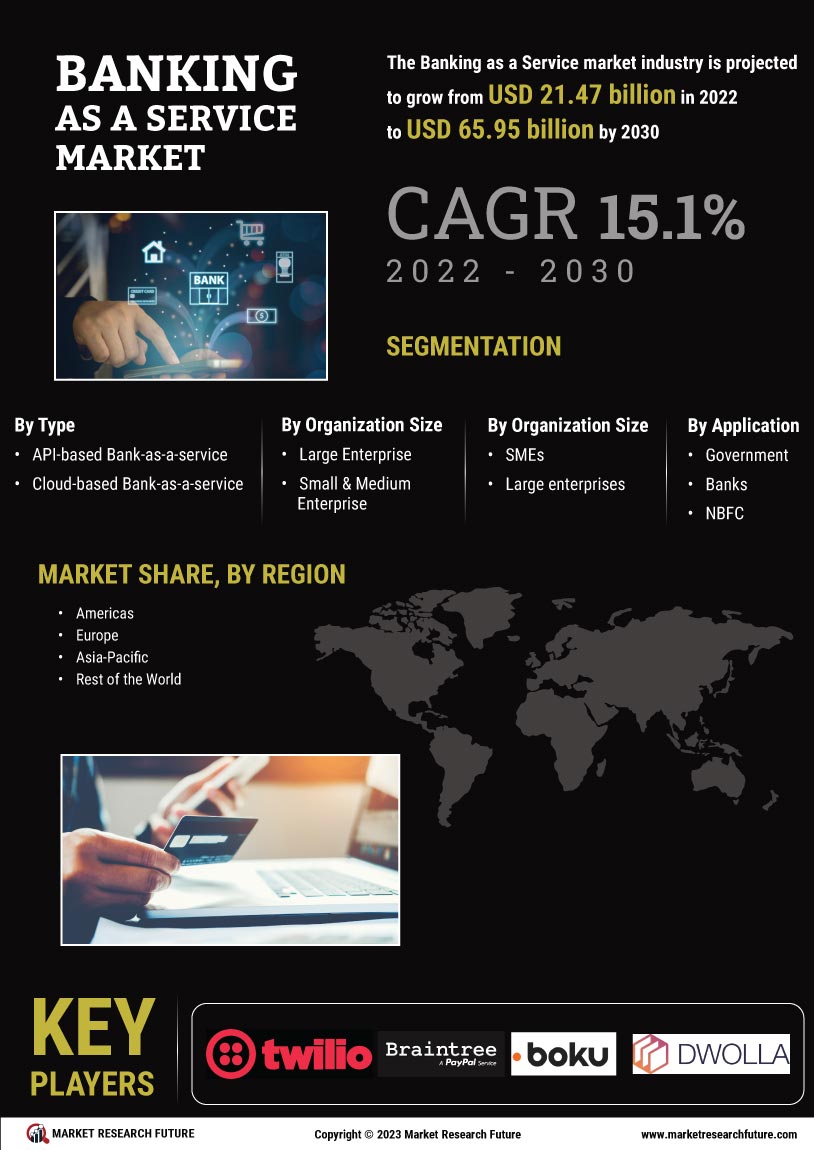

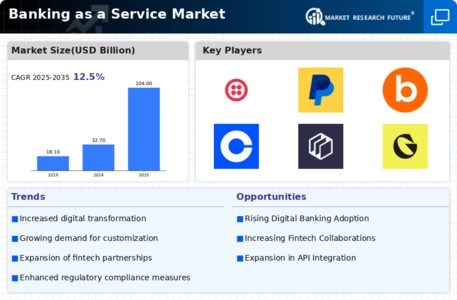
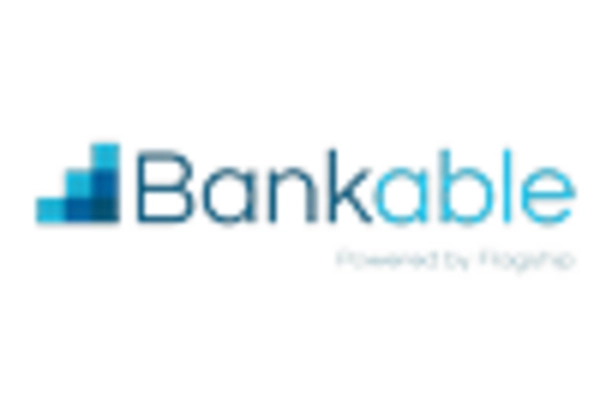


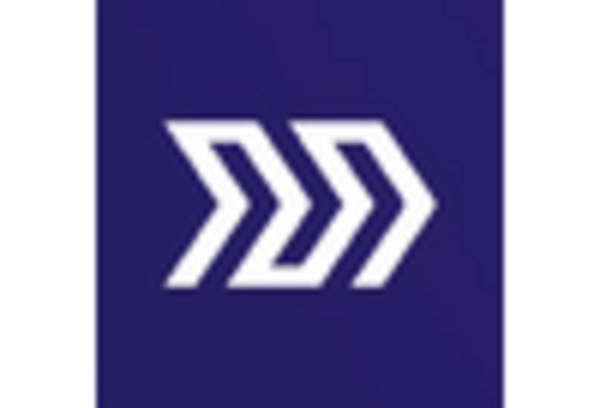

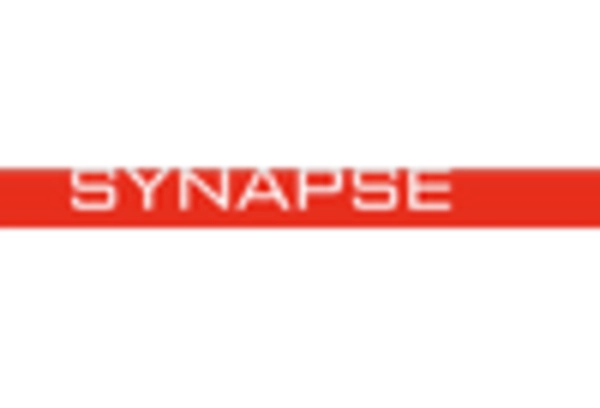








Leave a Comment